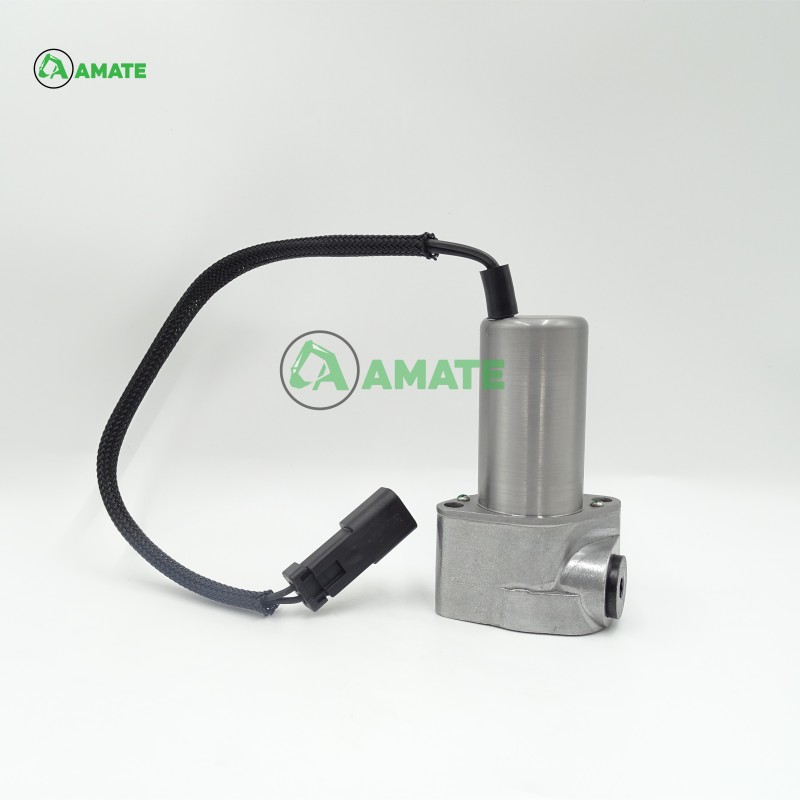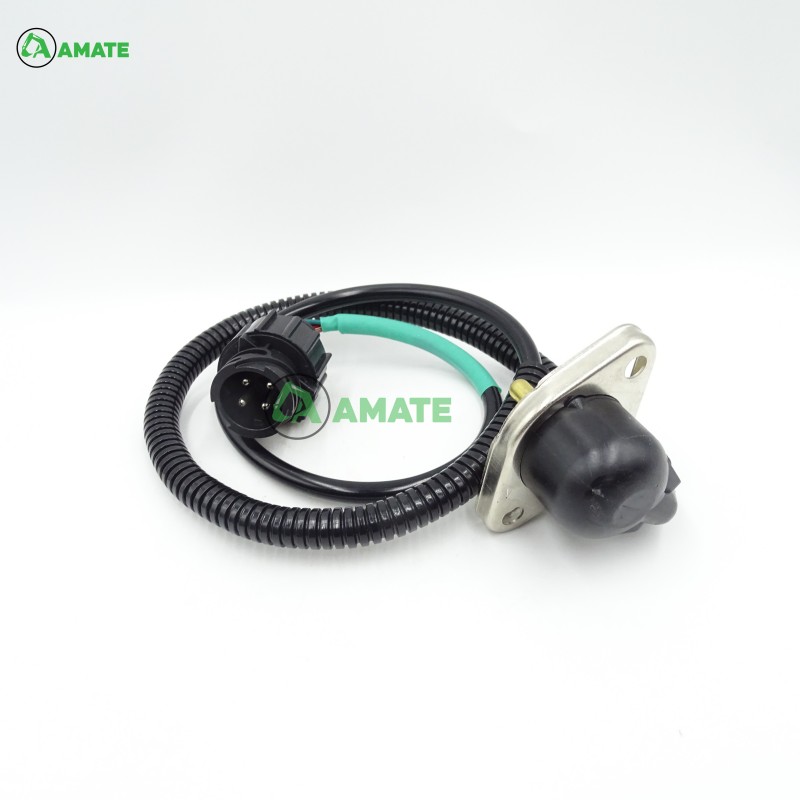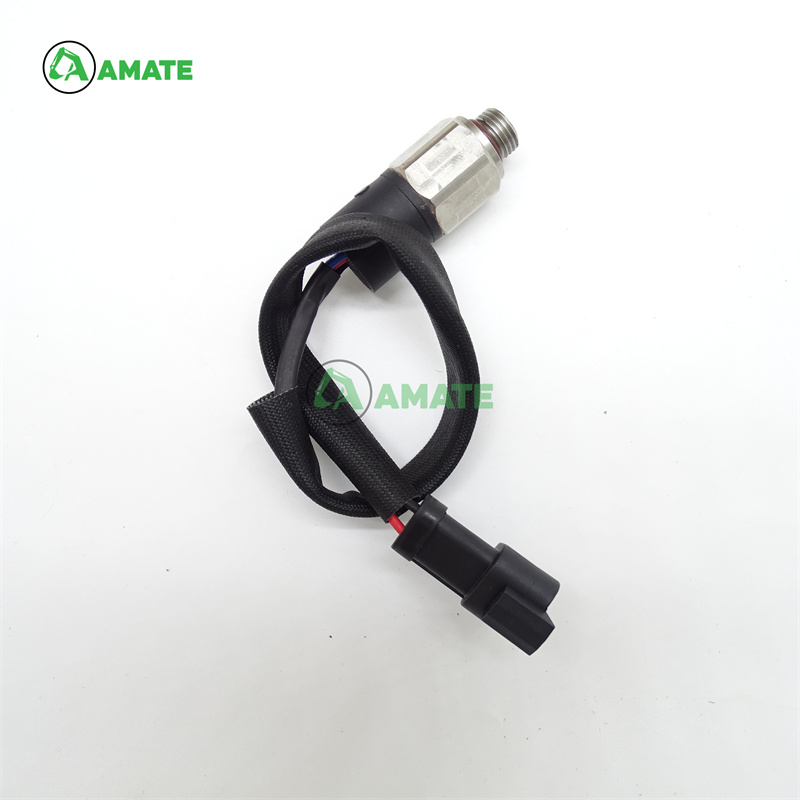Technological Development and Market Opportunities of Battery Valves Under the New Energy Wave
Battery valves, as core components for controlling fluid flow, are widely used in new energy vehicles, energy storage systems, industrial automation, and consumer electronics. With the global energy transition and technological upgrades, the battery valve industry is experiencing the following trends:
1. Technology-Driven Innovation
High voltage, high precision, and long life are key technological breakthroughs. The rapid development of new energy vehicles is driving the development of battery valves with high-voltage resistance (e.g., 800V platform) and low leakage. Furthermore, the demand for intelligent technology is driving the development of smart battery valves with integrated sensors and communication capabilities, enabling real-time monitoring and remote control.
2. Significant Demand Growth
New energy vehicles are the largest growth market. With the increasing global penetration of electric vehicles, demand for battery valves continues to surge. The expansion of wind and solar energy storage policies in the energy storage sector is further driving demand for battery valves in liquid cooling systems. Increasing safety and energy efficiency requirements in the industrial sector are also driving the adoption of high-end products.
3. Supply Chain and Cost Pressures
Fluctuating prices of raw materials (such as copper and specialty plastics) and rising international logistics costs are forcing companies to optimize production processes (such as modular design) to reduce costs. To mitigate geopolitical risks, the development of localized supply chains is accelerating.
4. Fragmented Competition
Industry competition is multi-tiered. The high-end market is dominated by technologically advanced companies, while the mid- and low-end markets are dominated by numerous regional players, resulting in fierce price competition. Future industry concentration may increase through mergers and acquisitions.
Challenges and Opportunities
Technological barriers and patent protection are major obstacles for latecomers, but emerging markets (such as hydrogen energy and solid-state battery valve bodies) may provide opportunities for differentiated development. Stricter environmental regulations will also promote green materials and recyclable designs as competitive factors.
In summary, the battery valve industry benefits from the new energy wave, but it needs to strike a balance between technological advancement and cost control, while also focusing on the potential of emerging application scenarios.









